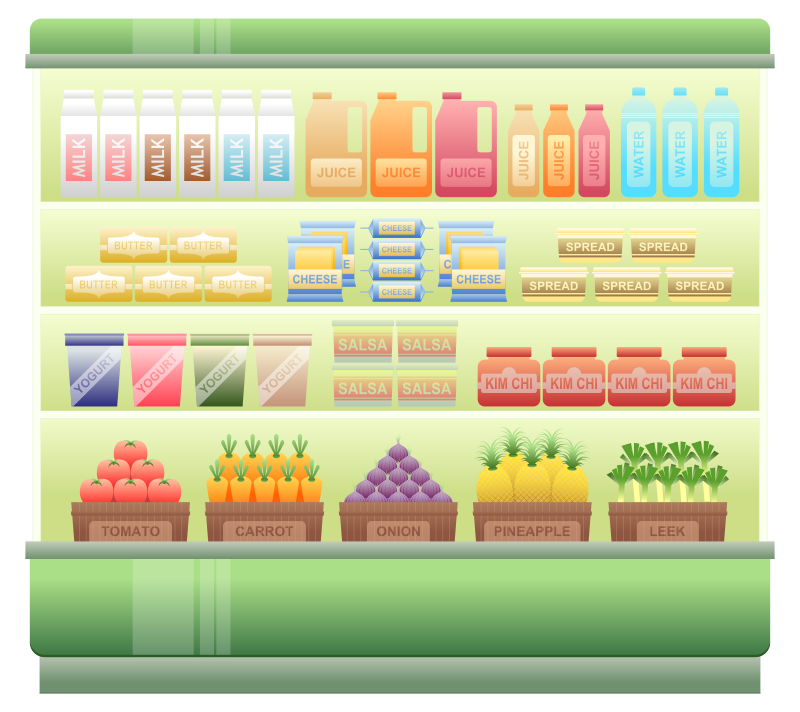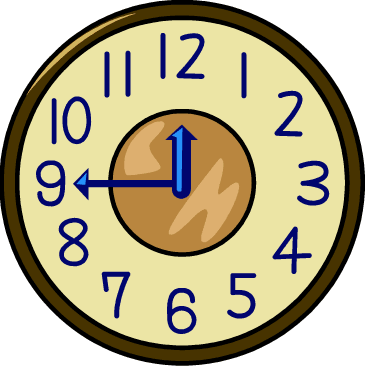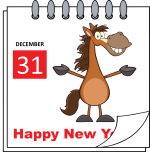ESL Supermarket Reading
There is an ESL supermarket reading passage on this page for you to read and understand. Then there are some multiple choice questions for you to answer so you can see how well you understood the passage.

A good way to learn vocabulary is by doing reading exercises. You have plenty of time to stop and look for the meanings of words that you do not know and you can see how the text has been written. So you can learn a lot by doing activities like the one on this ESL supermarket reading page.
You should read the following ESL supermarket reading passage and try to understand as much as possible. Take your time and read it a few times if you need to. Then after that you can answer the following questions that will test your knowledge of the information from the passage. You can then use the get score button to see the correct answers. If you do not understand any of the words that are used in the passage you can look at the ESL supermarket vocabulary page.
ESL Supermarket Reading Comprehension Passage
Supermarkets
A supermarket is a large, mainly self-service retail store selling food and other household goods. This was originally an American idea that was introduced into Britain after the Second World War at the end of the 1950's.
The biggest outlets are Tesco, Sainsbury, Morrisons and Asda. The Co-Operative, Aldi and Lidl are also large retailers. There is a lot of competition between stores to encourage customers to keep coming back. To encourage loyalty, they offer loyalty cards. With each visit points are added to the customer’s account, and when a certain number of points have been collected, rewards are given. They may take the form of money vouchers to spend in the shop or reduced prices off certain items in the store. These cannot be used in the other supermarkets.
At the entrance to the supermarket there are hand held baskets or trolley baskets on wheels. If a lot of shopping is required, it is easier to put it in the trolley and push it along. Usually the first display in the shop is the fruit and vegetable produce. Not far from the entrance is a separate counter that sells tobacco, cigarettes and cigars. An assistant will serve you at this counter. Near-by newspapers and magazines are displayed. There is a service point space where customers with problems regarding purchases can get refunds.
To aid customers to find the goods they need the aisles are numbered. Also large signs hang overhead to tell the shopper where items can be found. Originally supermarkets traded in edible goods. They could buy these in large quantities, and so sell them at a cheaper price than small local shops that did not have the space to buy in bulk.
As well as fresh foods that are displayed unwrapped, for example, cheese, fish and cuts of meat, food is sold in sealed packs. There is important information on the outside of the wrapping. It gives lists of the contents, food values and allergy advice. Sell by and consume by dates are also on packets and tins.
Supermarkets sell products from factories with famous brand names but they also sell similar items under the store name. Often the Tesco or Sainsbury brand is cheaper than Heinz or Kenco brand. The displays on the shelf units are cleverly set out to direct the eyes towards the product that the store hopes you will buy.
In a store, goods are sold fresh, frozen, in tins, jars and packets, while drinks are in bottles and boxes. In a large shop customers can also buy electrical goods, kitchen goods, soft furnishings and pharmacy products.
After collecting everything the customers pays at one of the numerous checkouts.
ESL Supermarket Reading Comprehension
Reading comprehension questions that go with the above reading passage.
ESL 4u home › Reading › Supermarket
Other Pages about Supermarkets that You Might
Like
ESL Supermarkets Conversations
ESL Supermarkets Listening
ESL Supermarkets Vocabulary
ESL Supermarkets Writing


|
|



New! Comments
Have your say about what you just read! Leave me a comment in the box below.